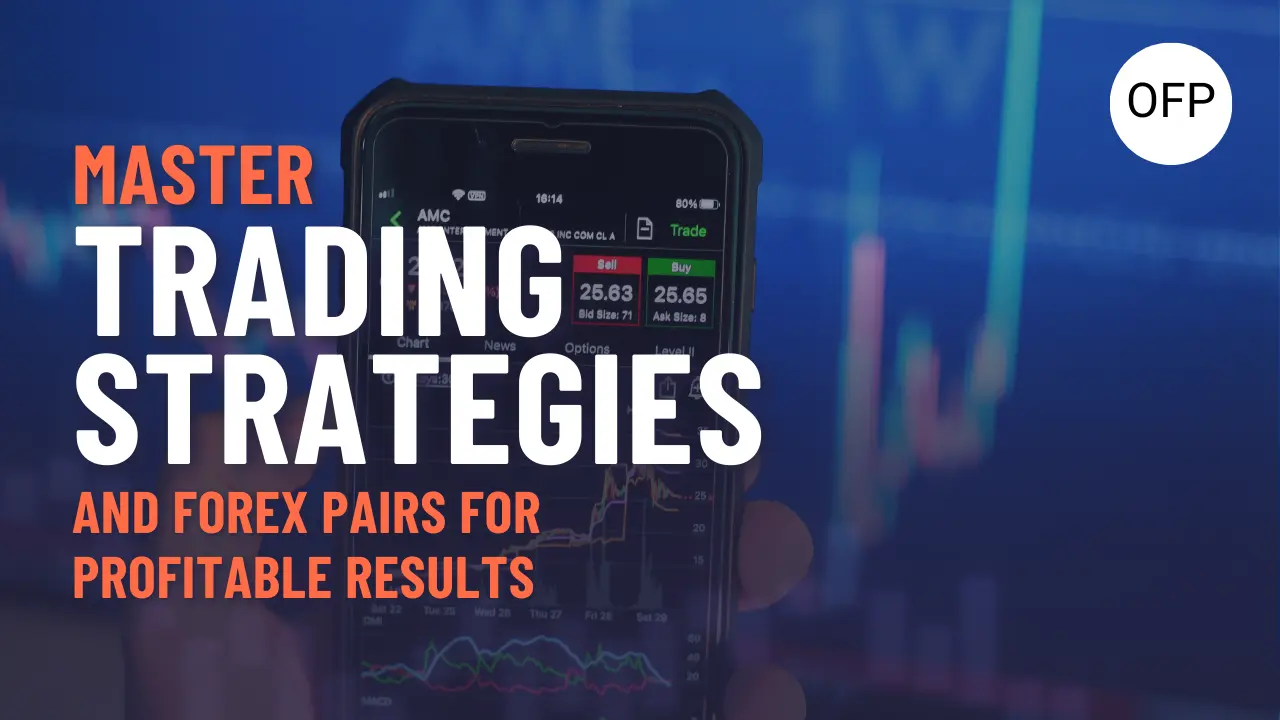
Forex trading revolves around currency pairs, where one currency is exchanged for another. Among these pairs, exotic forex pairs represent a unique category involving thinly traded currencies. These pairs, such as KES/TRY (Kenyan shilling vs. Turkish lira) or BRL/ZAR (Brazilian real vs. South African rand), come with lower liquidity and higher volatility, making them a niche choice for traders seeking diversification. Exotic currency pairs often include currencies from emerging markets, such as Turkey, South Africa, or Brazil, and sometimes combine developed and emerging market currencies.
Table of Contents
Some prominent exotic forex pairs include:
- EUR/TRY (Euro vs. Turkish lira)
- SGD/ZAR (Singapore dollar vs. South African rand)
- EUR/MXN (Euro vs. Mexican peso)
- GBP/RUB (British pound vs. Russian ruble)
- BRL/TRY (Brazilian real vs. Turkish lira)
- CNH/RUB (Chinese yuan vs. Russian ruble)
Due to their unique characteristics, traders should approach exotic pairs cautiously. While they offer diversification opportunities, the higher volatility and trading costs require careful strategy and experience.
Distinguishing Exotic, Major, and Minor Forex Pairs
Exotic currency pairs stand apart from majors and minors in terms of liquidity, cost, and trading volume.
- Major Currency Pairs: These involve developed market currencies and must include the USD as either the base or quote currency. Examples include EUR/USD, GBP/USD, and USD/CHF. Majors are known for:
- High liquidity
- Tight spreads, resulting in lower trading costs
- Universal availability across forex brokers
- High trading volumes
- Minor Currency Pairs: These exclude the USD and involve moderately traded currencies like EUR/GBP, AUD/NZD, and EUR/JPY. Minors offer:
- Higher liquidity compared to exotic pairs
- Relatively tighter spreads than exotics
- Viable trading opportunities for diversification beyond majors
- Exotic Currency Pairs: These combine at least one emerging market currency and are defined by:
- Thin trading volumes
- Wider spreads, increasing trading costs
- Limited broker availability
- Challenges in accessing timely market news
Key Characteristics of Exotic Currency Pairs
Exotic forex pairs have several unique features:
- Thin Trading: These pairs attract fewer traders, leading to limited market activity.
- Wider Spreads: Higher costs are associated with trading exotic pairs due to the significant difference between ask and bid prices.
- Limited Broker Availability: Not all brokers support exotic pairs because of their low demand.
- High Volatility: Exotic pairs often exhibit large price swings, influenced by economic instability or geopolitical issues.
- Limited Market Information: News and updates related to exotic pairs are harder to find, requiring traders to dig deeper for crucial data.
While exotic pairs may pose challenges, they also present hidden opportunities. Specialized traders often leverage these pairs’ unique movements to achieve uncorrelated returns.
Risks of Trading Exotic Forex Pairs
Trading exotic forex pairs comes with several risks:
- High Volatility: Sudden and significant price swings can occur due to economic or political instability in the involved countries.
- Illiquidity: The limited trading volume leads to higher costs and challenges in executing trades efficiently.
- Costly Transactions: Wider spreads and potential currency conversion fees make trading exotic pairs expensive.
- Increased Risk: Exotic pairs are generally more unpredictable, requiring advanced trading skills and a higher risk tolerance.
Should You Trade Exotic Pairs?
Exotic currency pairs offer unique opportunities for experienced traders looking for diversification and potential high returns. However, they require thorough research, a robust trading strategy, and an understanding of the risks involved.
Conclusion: Is Trading Exotic Currency Pairs Worth It?
Trading exotic currency pairs can be both challenging and rewarding. Their unique characteristics—such as high volatility, low liquidity, and higher trading costs—make them a niche market that requires a deep understanding and careful strategy. While these pairs are less predictable than majors or minors, they offer hidden opportunities for traders willing to navigate their complexities.
For seasoned traders seeking diversification and uncorrelated returns, exotic pairs can be an exciting addition to their portfolio. However, beginners or those with limited experience should approach with caution, focusing on building their skills with more stable currency pairs first.
Ultimately, the key to success in trading exotic pairs lies in thorough research, careful risk management, and a well-defined strategy. By staying informed about market conditions and leveraging their unique movements, traders can unlock the potential of exotic pairs while mitigating the risks involved.
Whether you’re drawn to the stability of major pairs, the moderate challenge of minors, or the high-risk, high-reward nature of exotics, the forex market offers endless opportunities for growth and learning. Choose wisely, trade responsibly, and always stay adaptable to the ever-changing dynamics of the forex landscape.
Ready for Instant Funding at Competitive Prices? CLICK THE BUTTON BELOW and customize your Instant Funded account with OFP Funding today!






